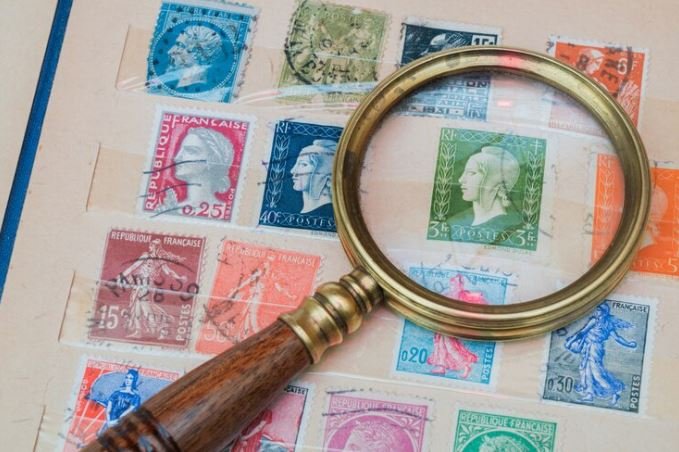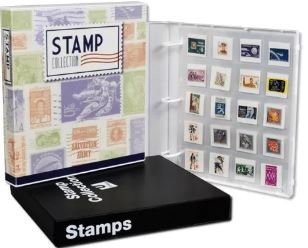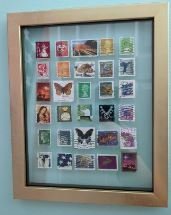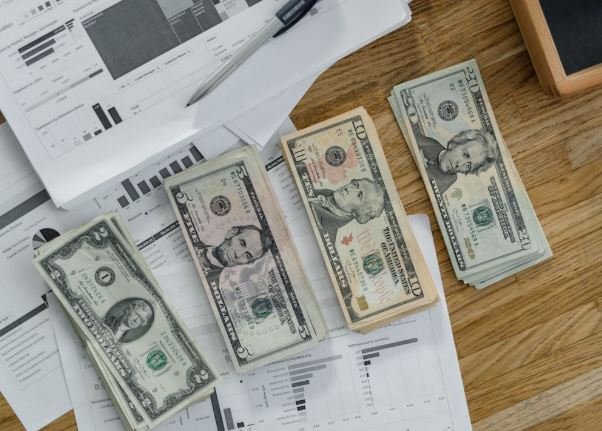Identifying stamps is a key skill for any collector looking to deepen their knowledge and appreciation of philately. So, how to identify stamps effectively? Start by carefully examining the visual elements, such as the design, colors, and text, which often hold essential clues about the stamp’s origin. Additionally, understanding how to identify stamps involves recognizing features like perforations and watermarks, which can indicate authenticity and value.
Using tools like magnifying glasses and perforation gauges is crucial when learning how to identify stamps accurately. Lastly, consulting stamp catalogs and online resources can provide valuable insights. By following these steps on how to identify stamps, you’ll enhance your collecting experience and unlock the fascinating stories behind each piece.
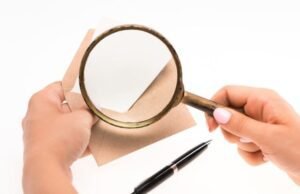
Identifying stamps is a fundamental skill for collectors and enthusiasts alike. Whether you’re a novice trying to understand your first collection or a seasoned philatelist looking to refine your skills, knowing how to identify stamps is crucial. This guide, “How to Identify Stamps: Unlocking the Secrets to Accurate Identification and Mistakes,” will provide you with essential tips, techniques, and insights to help you navigate the fascinating world of philately.
Understanding Stamp Identification
Before diving into the specifics, it’s important to grasp the significance of stamp identification. Properly identifying stamps not only enhances your collecting experience but also helps you assess their value, rarity, and historical context. By learning how to identify stamps accurately, you can avoid common mistakes that could lead to misinterpretation or loss of value.
Key Factors in Stamp Identification
When exploring how to identify stamps, several key factors should be considered:
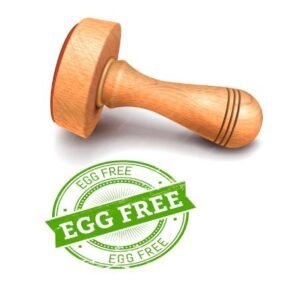
- Design and Artwork
Each stamp features unique designs and artwork that can provide essential clues for identification. Look for distinctive images, colors, and patterns. Consider using reference books or online resources to compare designs and narrow down your options. - Perforations
Perforations, or the small holes that separate stamps, vary significantly among different issues. Measuring the perforation can be a vital part of the process when learning how to identify stamps accurately. Use a perforation gauge to help determine the number of perforations per 2 centimeters. - Watermarks
Some stamps include watermarks that can help identify their origin and authenticity. To check for a watermark, you can place the stamp under a UV light or use specific watermark detection tools. Learning how to identify stamps with watermarks can be a game changer in assessing their authenticity. - Cancellation Marks
Cancellation marks can provide information about the stamp’s usage and its history. Observing the type and placement of these marks is essential when trying to identify stamps, especially when distinguishing between used and unused conditions. - Condition
The condition of a stamp plays a significant role in its value. When learning how to identify stamps, pay attention to factors such as centering, gum condition, and any signs of damage. A stamp in pristine condition will be more desirable than one with visible flaws.
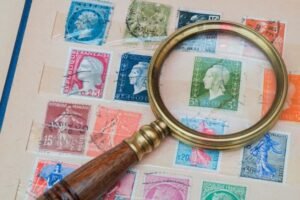
Tools for Identification
To effectively identify stamps, consider using the following tools:
- Magnifying Glass: This will allow you to closely examine the details of your stamps, including fine print, perforations, and watermarks.
- Perforation Gauge: A tool specifically designed to measure the perforation of stamps, helping you determine their identity.
- Watermark Detector: This can be either a specialized tool or a light source that assists in identifying watermarks.
- Stamp Catalogs: Comprehensive catalogs provide images, descriptions, and details about various stamps, making them invaluable resources for identification.
Common Mistakes to Avoid
While learning how to identify stamps, it’s crucial to be aware of common mistakes that can hinder your progress:
- Rushing the Process
One of the biggest mistakes collectors make is rushing to identify a stamp without thorough examination. Take your time to analyze each aspect of the stamp, as small details can provide vital clues. - Ignoring Condition
Failing to consider the condition of a stamp can lead to inaccurate identification and valuation. Always assess a stamp’s condition as part of your identification process. - Neglecting Reference Materials
Not utilizing reference materials, such as catalogs or online resources, can lead to misidentification. Always have access to reliable reference materials to aid in the identification process. - Overlooking Watermarks and Perforations
Many collectors overlook the importance of watermarks and perforations. These features can significantly impact the identification and value of a stamp, so be sure to examine them closely.

Conclusion
In summary, understanding how to identify stamps is a critical skill that enhances your philatelic journey. By unlocking the secrets to accurate identification and being aware of common mistakes, you can deepen your appreciation for stamps and avoid costly errors. Whether you’re examining the design, perforations, watermarks, or cancellation marks, each detail plays a vital role in the identification process. Armed with the right tools and knowledge, you’ll be well-equipped to navigate the exciting world of stamp collecting.

